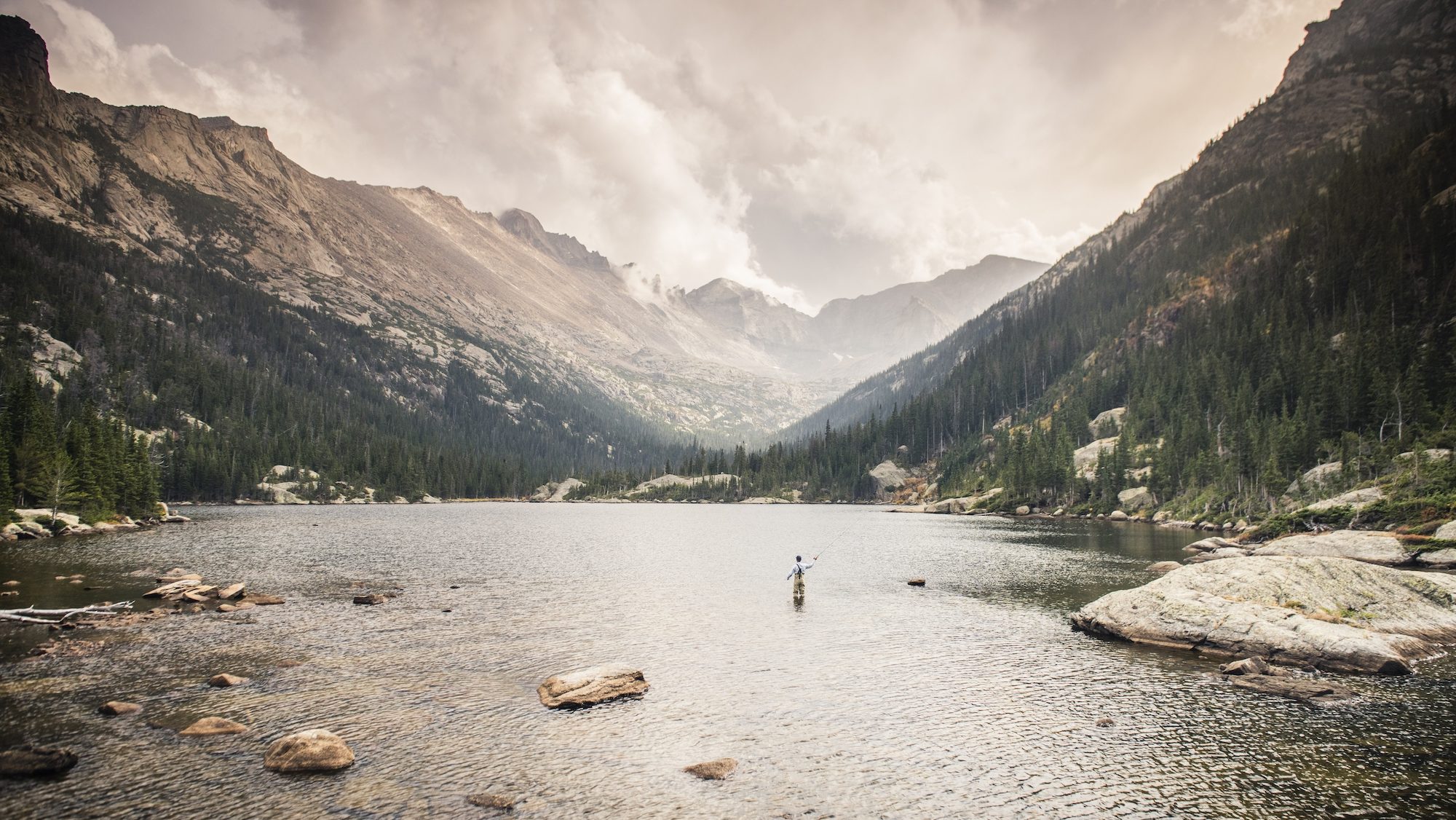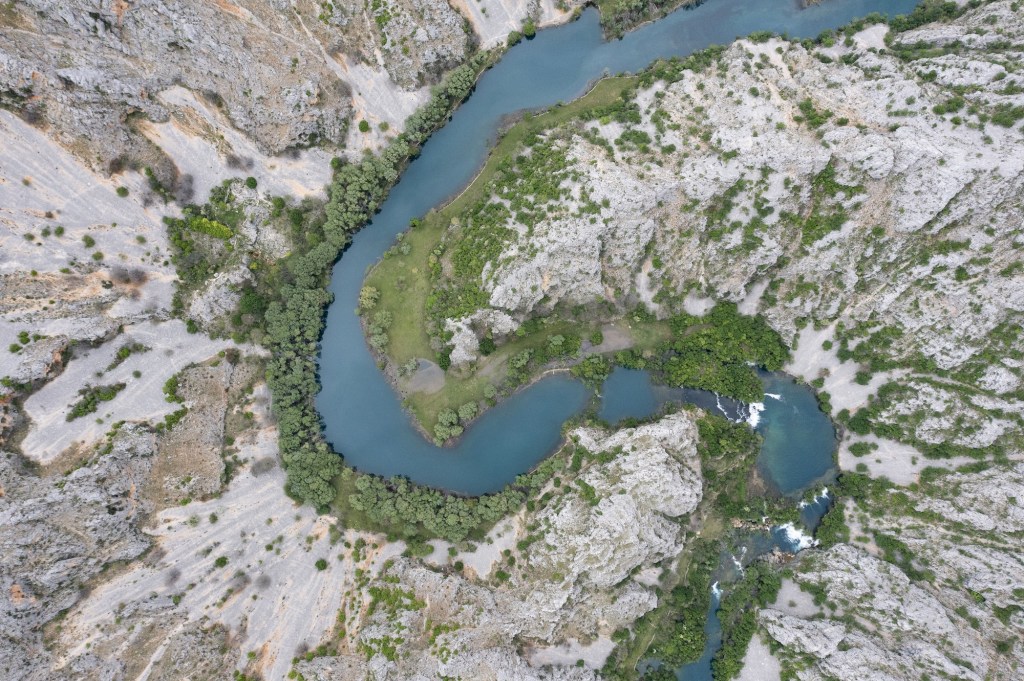A new paper published in the journal Nature Sustainability finds that creative solutions that include and go beyond conventional protected areas are necessary to safeguard the future of global freshwater ecosystems for people and nature.
The Gist
Global protection of freshwater ecosystems has lagged behind protection for marine and terrestrial ecosystems, likely contributing to the greatest biodiversity losses occurring among freshwater species.
The recently approved Kunming-Montreal Global Biodiversity Framework calls for 30 percent of terrestrial habitats, inland waters and marine and coastal areas to be protected by 2030 – commonly called the “30 x 30” target – via protected areas and other effective area-based conservation measures (OECMs). But while conventional protected areas are important for freshwater conservation, they do not always account for the complexities of these dynamic and connected systems. A river flowing through a protected area is not necessarily protected from energy development, pollution or water extraction happening upstream or in its watershed, and activities that can be harmful to freshwater ecosystems are sometimes permitted within protected areas.
“Effective freshwater protection can take different forms,” says coauthor Robin Abell, Durable Freshwater Protection Director for The Nature Conservancy. “Conventional protected areas can definitely help to conserve the rivers, lakes and wetlands within them, if the protected areas are designed and managed with freshwater objectives in mind and if external threats can be mitigated through various means.”
“But there are other mechanisms that may not conform to our ideas of protected areas and that target key ecological attributes, like maintaining the hydrologic regime and connectivity of free-flowing rivers,” she continues.
Abell notes that the diversity of possible mechanisms was outlined in a foundational paper, by Higgins et al., on durable freshwater protection and that paper underscored the importance of starting with an understanding of what values conservationists aim to conserve.

The Big Picture
The conservation community has long acknowledged that the existence of protected areas does not necessarily equate with effective protection. And most protected areas are not designed expressly to achieve freshwater conservation objectives. As such, the paper argues that a static area-based (or percentage) freshwater protection target, while important, may be an incomplete way to measure progress towards conservation of these dynamic ecosystems.
Effective protections should incorporate freshwater ecosystem dynamics and will likely look different from stand-alone conventional land-focused protected areas. Mosaics of aquatic, riparian and upstream/upslope conservation interventions will be necessary.
The paper also emphasizes the need for accurate mapping, effective monitoring, and interdisciplinary collaboration to bridge the gaps in our understanding of freshwater ecosystem conservation.
The Takeaway
The paper emphasizes the need for creative, balanced solutions to achieve effective freshwater conservation. In particular, planning for freshwater conservation must balance multiple objectives, including freshwater biodiversity and ecosystem services for people.
While conservation goals like “30 x 30” may be imperfect for freshwater protection, they provide an important starting point in focusing conservation efforts. The paper notes that combining freshwater and terrestrial conservation objectives in integrated area-based protections is one way to begin to fill freshwater protection gaps. Modeling has demonstrated that considering aquatic and terrestrial needs together can markedly enhance freshwater benefits without appreciably reducing terrestrial benefits.
The paper also emphasizes the importance of local and Indigenous communities in creating durable conservation solutions.
“The conservation community now recognizes the importance of making protections durable,” says Abell. “And key to durability is the support, engagement and leadership of the local communities who depend on and steward ecosystems. Examples of durable freshwater protection around the world show that effective protections stem from IPLC participation and leadership.”



